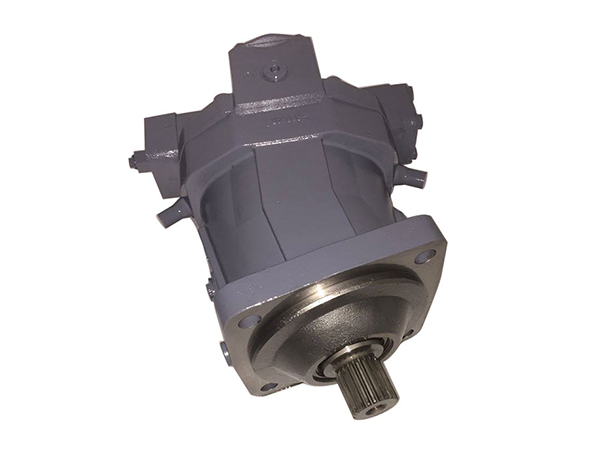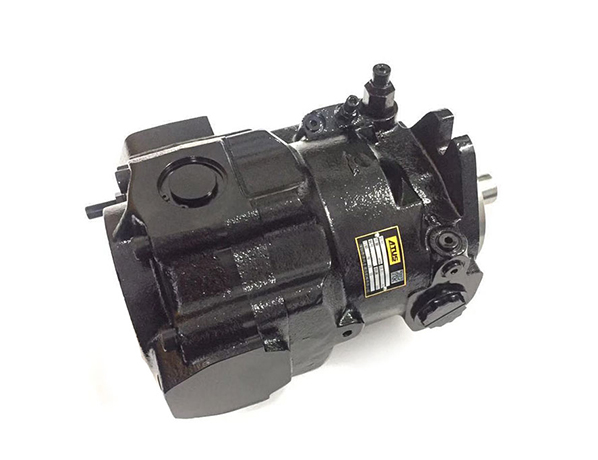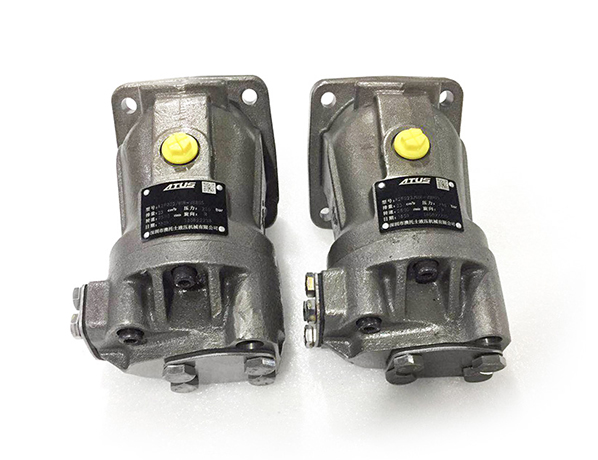
Deterioration of hydraulic oil can cause equipment wear and the amount of wear (the amount of metal particles in the oil) increases with time. It can be seen from the wear curve of the hydraulic equipment in Figure 3-5 that the wear amount of the E point is slowly increased before the E point. After the E point, the wear amount increases sharply. This indicates that the hydraulic oil has deteriorated and must be changed, so the E point corresponds. Time T (month) and metal content 9 (mg) are the time and indicators of oil change. The rust resistance and corrosion resistance of hydraulic oils decrease with the increase of the use time. If it is reduced to a certain extent, it is necessary to change the oil. Otherwise the hydraulic components will corrode or even break.
Second, how to confirm the best oil change period?
How to choose the best oil change period for hydraulic equipment is an important issue. There are three ways to determine the oil change period: 1 regular oil change; 2 according to the experience and observation of the oil sample to determine whether to change the oil; 3 specified oil change indicators, according to the test results of the oil sample, according to the quality of oil change.
At present, China's factories generally implement regular oil changes. Practice has proved that the regular oil change is out of the quality change of the hydraulic oil during use, and the actual working conditions of the hydraulic equipment are not taken into account. Therefore, it is unscientific not to waste oil due to frequent oil changes, or to cause equipment failure due to the continued use of aging deteriorated oil. The second method is to regularly draw oil in the fuel tank for visual inspection or for simple analysis. This method has certain advantages, but after all, it lacks scientific data.
The third method is the most reasonable and scientific, which can ensure that the hydraulic equipment will not malfunction, damage, shorten the service life due to the hydraulic oil, and can make the hydraulic oil fully and reasonably utilized to prevent waste. . However, this method requires factories and mines to establish laboratories. In the absence of a laboratory, the other two methods are preferred. The following is a discussion of how to choose these three oil change periods.

2. Materials of workpieces processed by the equipment The same equipment is used to process workpieces of different materials, and the cleaning and oil change intervals are different. For example, the frequent oil processing of cast iron workpieces is shorter than that of ordinary metal materials, because the cast iron powder under cutting tends to contaminate the oil, and the catalytic oil deteriorates.
3, the sealing of the equipment The poor sealing, airborne pollutants, processed metal fragments and emulsions easily invade the system, accelerate the wear and tear of the equipment, and the oil change cycle is short.
4, equipment operation time Pipeline or three shifts, long running time, cleaning and oil change time is short. If the single shift or the usage rate is not high, the cleaning and oil change interval is long.
